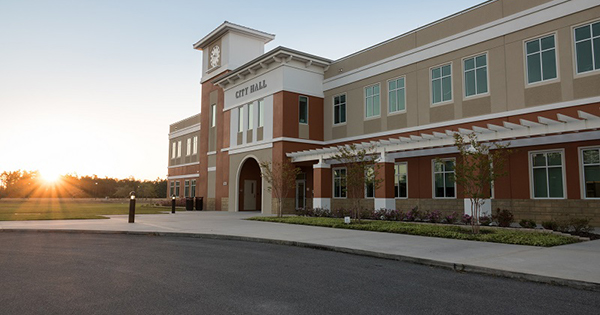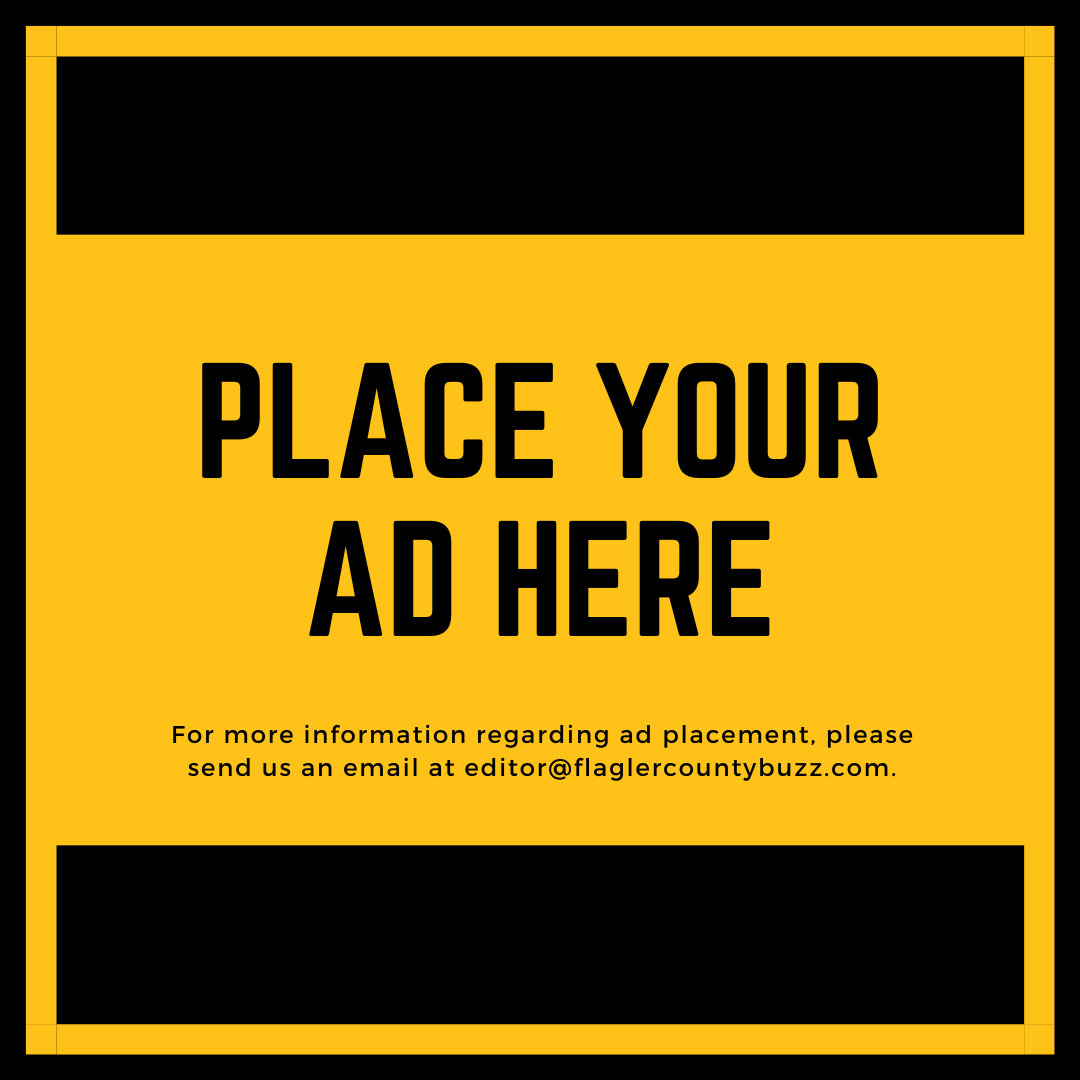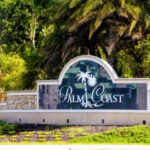Residents argue for freedom of expression as the city moves toward removing the paint color ordinance
The Palm Coast City Council took a surprising turn Tuesday night, voting to eliminate all color restrictions on residential homes after months of debate over a proposed ordinance that would have expanded but still limited acceptable paint colors.
The dramatic shift came during the second reading of an ordinance that would have broadened the spectrum of allowable home colors while maintaining restrictions based on Light Reflectance Value (LRV) measurements. Instead, Mayor Michael Norris proposed removing all color restrictions entirely, saying, “If you want color restrictions, move into an HOA.”
The heated discussion was sparked by the case of a resident whose teal-colored home has been at the center of a nearly two-year enforcement battle. They appeared before the council requesting that their home’s color be grandfathered in, explaining that they followed city guidance throughout the process but still face violations.
“I have acted in good faith throughout this nearly two-year process, consistently following the direction the city and staff have given me,” they told the council. “What’s especially concerning is the lack of consistent enforcement. Multiple homes within this city have the same color or similar colors as mine, which have been painted longer than mine, yet I am the one who received the citation.”
A resident came forward to support the case, telling the council they had researched 18 homes throughout the city with similar colors. “They are being used as a target.” “The person who signed the complaint lives in a home here. He happens to be a builder. Maybe that helps him with signing the complaint, and he does not homestead here.”
The debate revealed deep divisions in the community about property rights versus neighborhood standards. Several residents spoke passionately about the freedoms of homeownership, while others expressed concern about maintaining property values and preserving neighborhood character.
Eddie Lang from the R-Section argued, “Who are you or anybody here to tell us how to paint our home? It’s our home. Paint color is not going to devalue your neighbor.” He added, “We trust our residents to raise families, pay taxes, and vote. Surely, we can trust them to paint their home a tasteful sage green if they so choose.”
Paul Daycart, who owns a pressure washing and handyman business, described the stress the current restrictions place on elderly residents. “I’ve seen them cry because they didn’t know what to do because they said the city’s not going to approve it,” he said. “They get so stressed out attempting to pick a color that their house won’t get fined or tagged.”
However, Vice Mayor Pontieri defended the need for some regulations, noting that the city was expanding allowable colors rather than creating new restrictions. “We already have a color code. We already have an ordinance in place that restricts colors. We’re not adding a code that restricts colors. We’re broadening the spectrum and allowing more colors,” she explained.
Pontieri also mentioned receiving contact from residents who support color restrictions. “I’ve been contacted by a lot of people who say, ‘No, we moved here because there are color restrictions. We like the fact that there are color restrictions,” she said.
The original proposed ordinance would have added blues and greens to acceptable earth tones while maintaining LRV restrictions that some residents argued were still too limiting. Reese Barry, whose home construction triggered a violation, demonstrated that only about 17 percent of available paint colors would have been approved under the proposed changes.
“The percentage of my sampling that would be approved is roughly 17 percent, which is still extremely restrictive,” Barry told the council. He also pointed out that the city’s water tower is painted in a color that wouldn’t be approved for residential homes under the proposed restrictions.
Anna Maria Long from the Flagler Home Builders Association supported the mayor’s position, suggesting that the comprehensive plan comments about keeping neighborhoods “the same” referred to development density, not paint colors. “I don’t think the intent of those comments had anything to do with the color of their neighbor’s home,” she said.
The council’s discussion became tense when Pontieri questioned the consistency of the decision, comparing it to upcoming debates about commercial vehicles in driveways. She argued that the council should maintain reasonable regulations rather than eliminate all restrictions.
Mayor Norris countered that paint colors are fundamentally different from commercial vehicle regulations, which involve safety and signage issues. The mayor maintained his position that homeowners should have complete freedom in choosing their paint colors.
Dennis McDonald urged the council to research the legal sustainability of color restrictions, referencing a national precedent involving a food chain that successfully challenged a municipality’s color controls. “What you’re doing with colors is it legally sustainable? That’s a question for the attorney,” he said.
The motion to eliminate all color restrictions passed, though as a first reading, the change will require a second vote before taking effect. The decision represents a significant shift in Palm Coast’s approach to residential regulations and could set a precedent for other communities grappling with similar debates about individual property rights versus community standards.
In other business, the council unanimously approved updated transportation impact fees, despite opposition from the building community. The fees will increase significantly for new development, with the council citing extraordinary circumstances, including rapid population growth and inflation in construction costs.
The council also celebrated Parks and Recreation Month with a proclamation highlighting the city’s 13 parks, miles of trails, and various community programs. Several upcoming events were announced, including the United Flagler 4th celebration and a Jimmy Buffett cover band concert scheduled for July 30-31.









